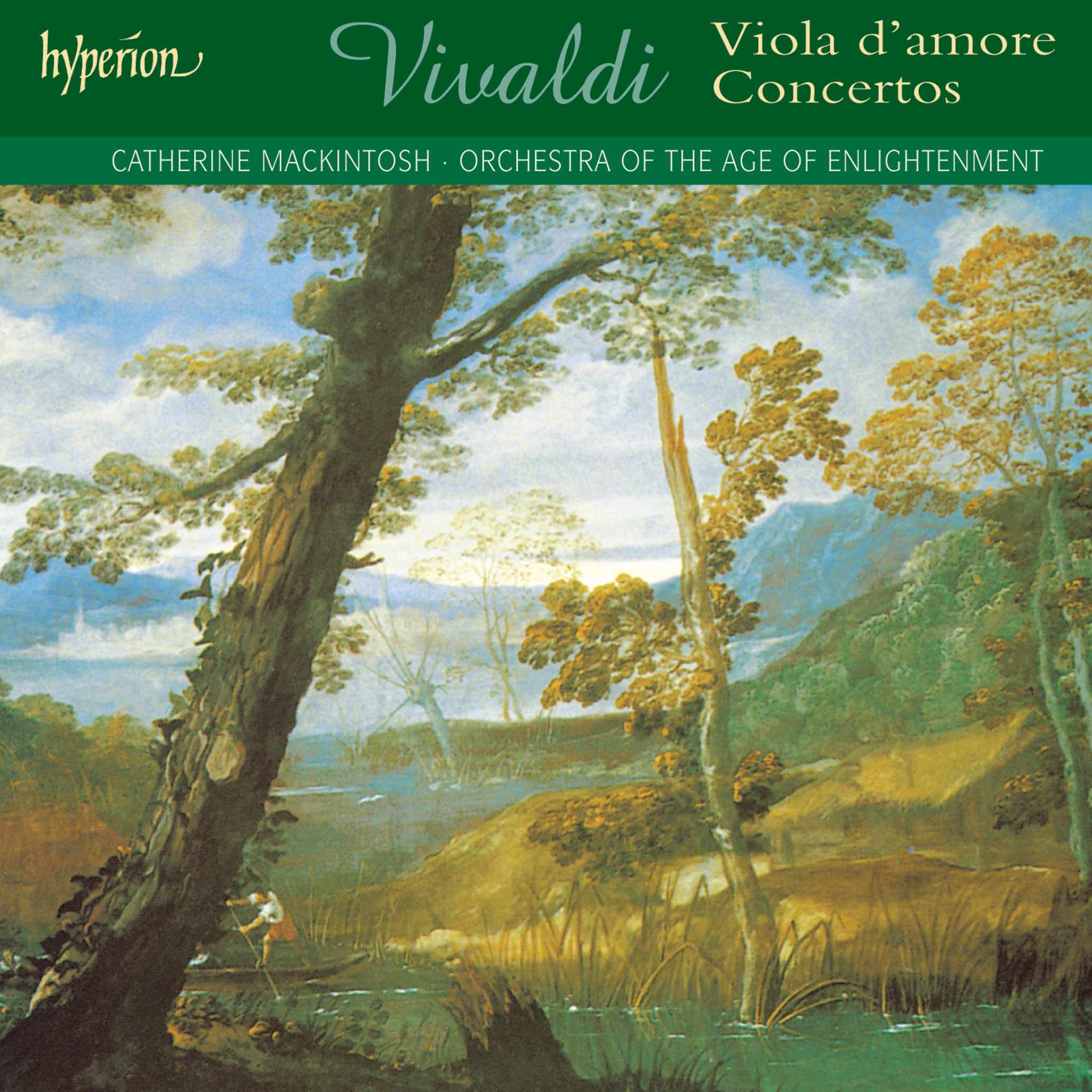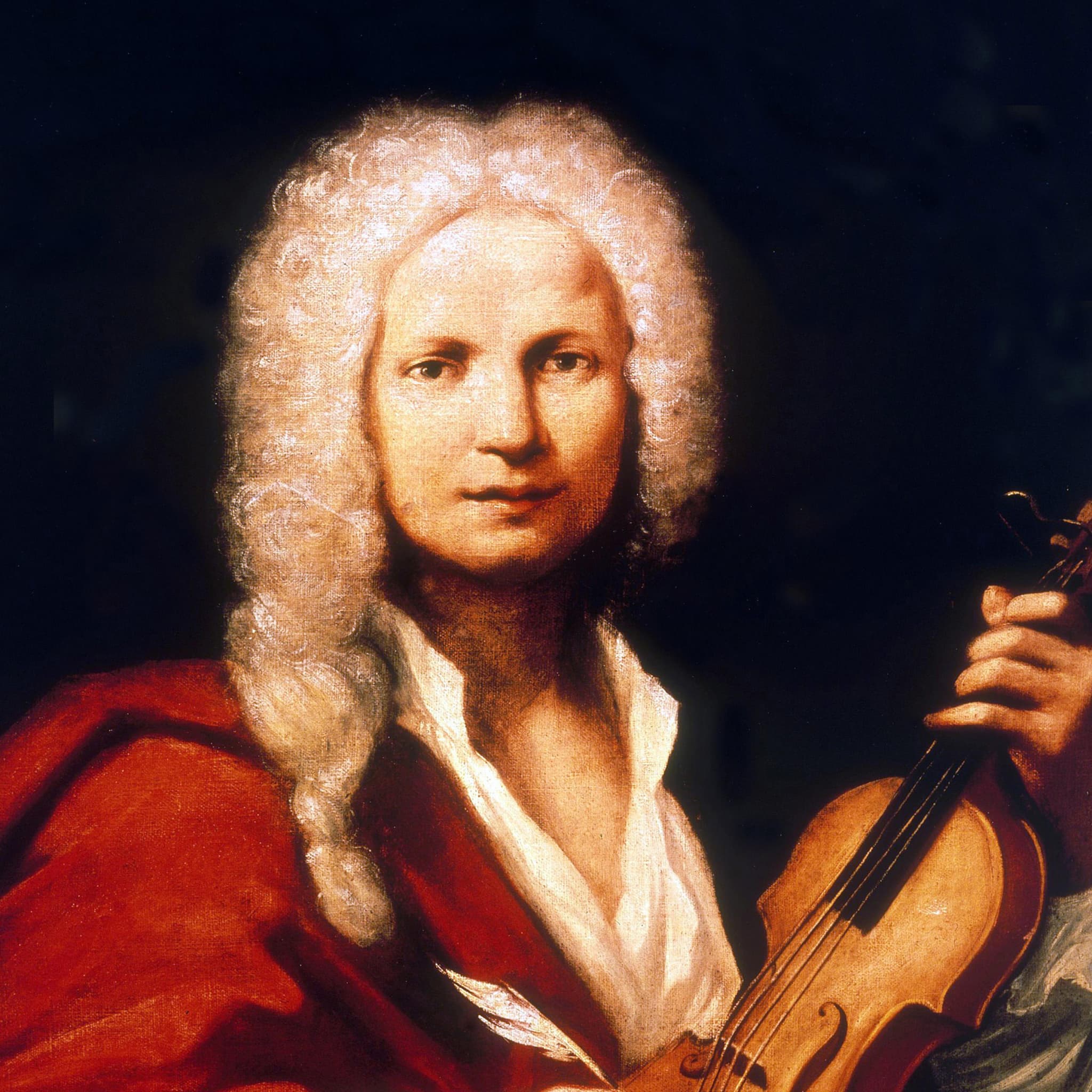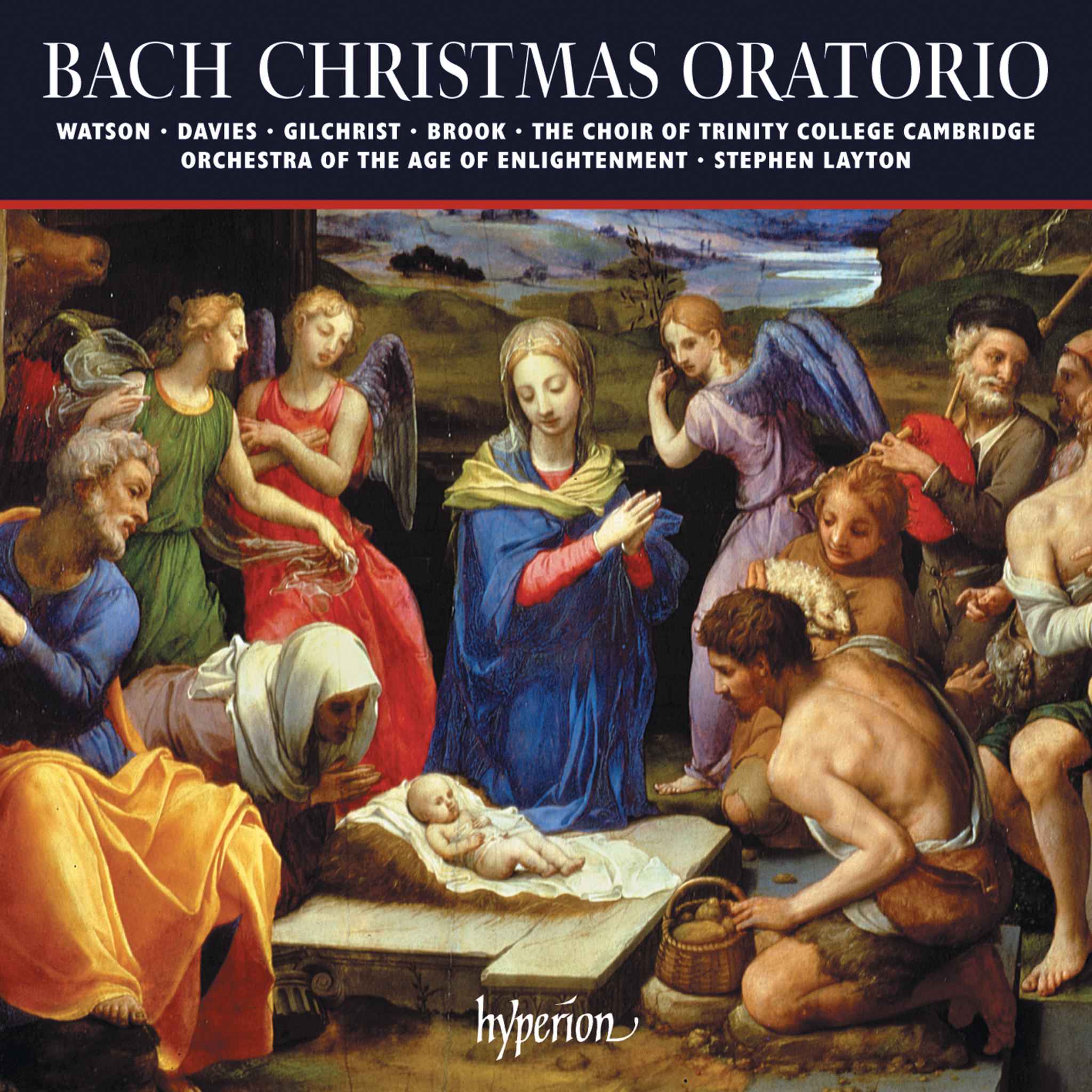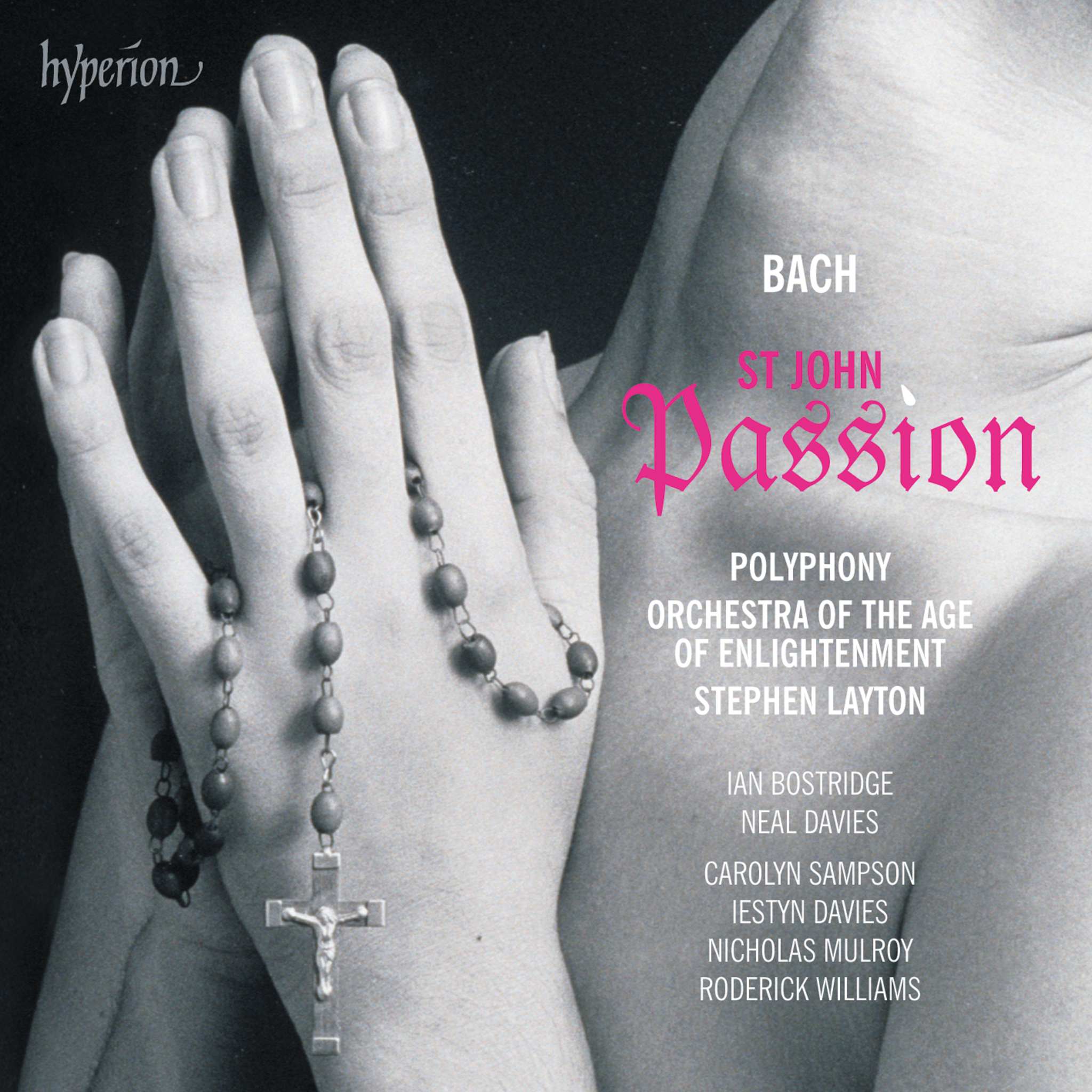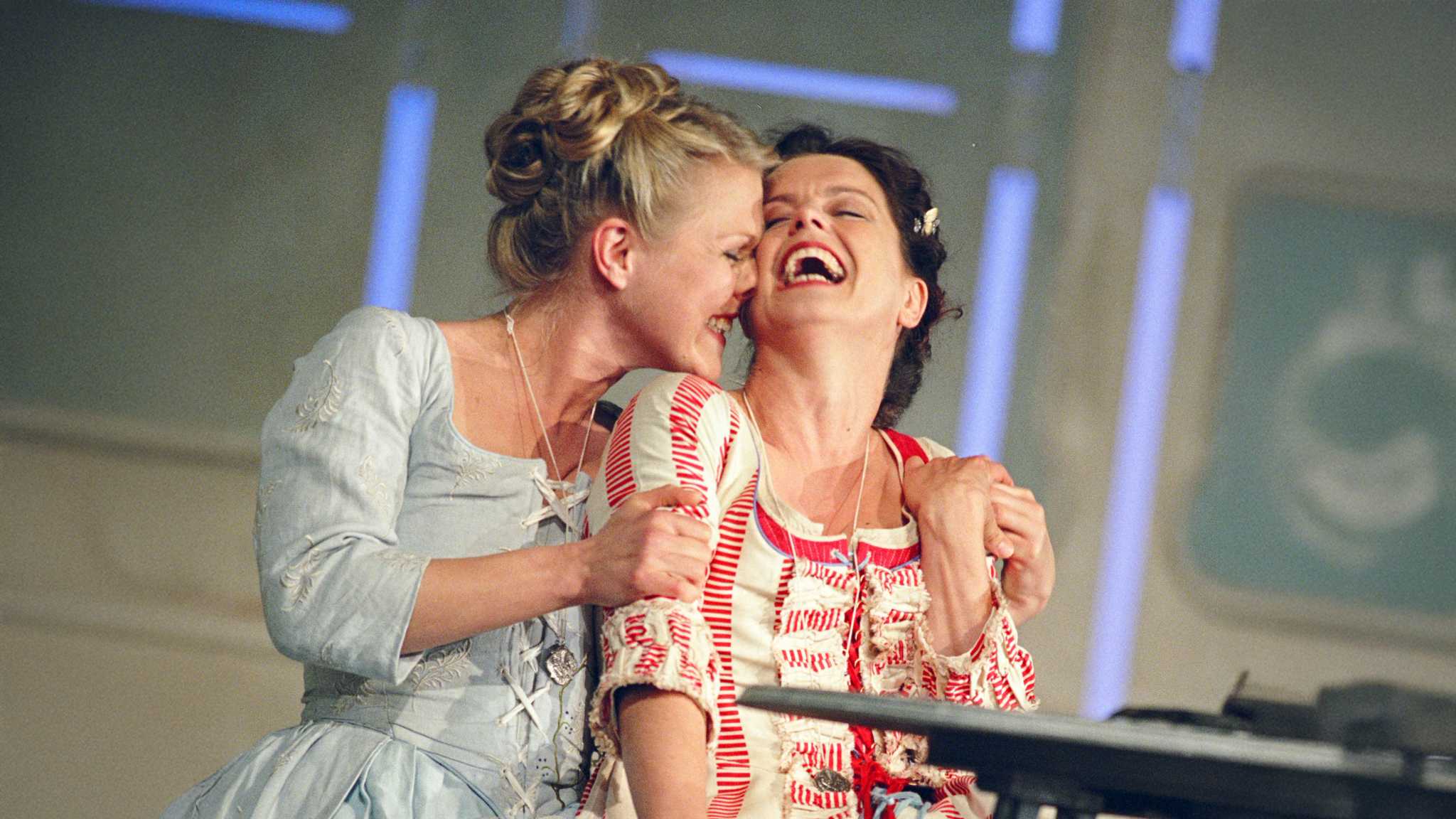Album insights
The birth of the world's most popular cello concerto left its creator in a state of shock. Dvořák, on December 10, 1894, wrote to his friend Alois Göbl: "I have indeed finished the first movement of a cello concerto!! Do not wonder, I am also astonished and surprised at how determined I was to create such a work." Originally, the concerto was almost composed for piano or violin, as Dvořák had already written solo concertos for those instruments. His son Otakar mentioned that Dvořák did not like the cello, finding it too resonant. He believed the cello was best utilized within the orchestra and chamber music, rather than as a solo instrument. The final instrumentation of the concerto was indebted to the persistent Czech cellist Hanuš Wihan (1855–1920), who inspired Dvořák and even contributed to the composition. Additionally, three other diverse and unexpected sources played a role in the success of the cello concerto: a series of magnificent waterfalls, an Irish-American writer of musical comedies, and a ailing Czech countess.
Dvořák primarily lived in America from late 1892 to early 1895, teaching at the newly founded National Conservatory of Music in New York. During 1893, he visited Niagara Falls after a glorious summer spent in the Czech community of Spillville, Iowa. It is said that after standing as if hypnotized for several minutes, Dvořák exclaimed: "Lord God, this will be a symphony in B Minor." However, this moment of inspiration did not result in a symphony (his last work in this genre, Symphony No. 9 in E minor, "From the New World," was more or less completed by this time), but the grandeur, heroism, and nobility of his Cello Concerto in B Minor may have stemmed from this pivotal moment.
Several months later, Dvořák's views on the deficiencies of the cello as a solo instrument were challenged when he attended a concert featuring the Irish-American cellist and composer Victor Herbert, renowned for musical comedies like "Babes in Toyland," performing his own second cello concerto. This lyrical piece, where the cello sang above the orchestra, left Dvořák impressed. Subsequently, the composer's inspiration was intensified in a poignant manner upon hearing about the illness of his sister-in-law, Countess Josefina Kounic, in Bohemia. Josefina's fate was to have a considerable influence on the concerto.
If the genesis of the concerto seems somewhat complex, its subsequent history is even more intriguing. Dvořák began sketching the work in November 1894 but after a false start in D minor, he settled on B minor. The original version of the concerto was completed on February 9, 1895 (Otakar's birthday—quite a gift!). However, numerous changes followed, some in collaboration with Wihan, who advised Dvořák on the virtuosic passages in the solo part. Dvořák insisted that his original ideas be noted as alternatives, though many of Wihan's suggestions in the manuscript are now widely accepted. Despite Wihan's desire to include a cadenza in the final movement, Dvořák resisted, expressing his intentions to the contrary. The premiere of the concerto, scheduled for March 19, 1896 in London, was intended to feature Wihan, but Leo Stern, an English cellist, ultimately took on the role due to Wihan's prior commitments.
The concerto itself speaks volumes—it carries the listener through an emotional journey with Dvořák's characteristic simplicity and directness, featuring outstanding solos for flute and clarinet in the orchestration. From the ominous beginning, to the lovely emergence of the second theme in the horn, the heroic cello entrance in B major, and the thrilling start of the reprise with a transforming second theme, the first movement offers a compelling blend of the epic and the emotionally poignant. The second movement in G major likely reflects Dvořák's homesickness for his beloved Bohemia, expressing nostalgia and a love for nature in each note, especially in the gentle opening theme and the solo cadenza adorned by bird songs, decorating the return of the first part.
The final movement is a grand rondo with an "almost embarrassing wealth of thematic material," as noted in the premiere program description. Dvořák masterfully conjures one beautiful theme after another, including a third theme in the pastoral key of G major from the slow movement, suffused with a sense of homecoming that would have led the work to a joyful conclusion if the concerto had retained its original form.
Ultimately, the conclusion of the cello concerto underwent further modifications. A month after Dvořák returned to Bohemia, Josefina passed away. In her memory, he extended the final coda, incorporating memories of both the first and second movements, including another quote from her beloved song, this time played by a solo violin with flutes and clarinets. Even in retrospect, this alteration changes the overall impression of the concerto—initially solemn, it now carries an atmosphere of farewells. Comparisons with Elgar's cello concerto, another profound work, are intriguing. While Elgar's coda is an integral part of the composition, in Dvořák's case, the added ending might seem more like an afterthought, but it is no less poignant.
Regarding the various editions, given the diverse stages the B minor Cello Concerto went through, it's unsurprising that there is no consensus on the most authentic version. While two autographs are known, the first edition, differing significantly from both manuscripts, likely best represents Dvořák's final conception. Brahms, who greatly admired the concerto, was oddly involved in proofreading. Unfortunately, the engraver's copy, which must have contained numerous revisions, is missing today, leaving uncertainty about the definitive version. For this recording, various sources were consulted, retaining many of Wihan's cello enhancements. However, in a brief passage (Track 1, from 10'51''), a departure was made from both printed versions, opting for the generally accepted alternative due to its difficulty and drastic departure from Dvořák's intentions.
Out of curiosity, we present the original, unexpectedly abrupt ending of the concerto before Josefina's passing—refer to Track 5. Additionally, the song "Lasst mich allein," quoted in the second and third movements, is also presented in a form closer to the original (Track 4), in an orchestral arrangement discovered in an antiquarian music catalog. The song, where the singer pleads to be left alone in her dreams, is profoundly poignant and fitting.
Interestingly, Dvořák seems not to have noted that the B minor Cello Concerto was not his first attempt in the genre. Nearly thirty years prior, in 1865, he wrote a concerto in A major for a cellist colleague from the Prague Regional Theatre orchestra, Ludevít Peer (1847–1904). Dvořák, preoccupied with finding his own musical voice, never orchestrated the A major concerto. When the manuscript resurfaced, now kept at the British Library, a publication became essential. Dvořák later referred to his "crazy" early creative period, indicating that had he revisited the concerto, he likely would have either destroyed or heavily revised it. The original version has a duration of almost an hour, featuring elaborate, embellishing passages in the cello part, which nonetheless offer glimpses of Dvořák's latent genius, especially in the warmhearted themes.
In 1975, the respected Dvořák scholar Jarmil Burghauser published his orchestration of the A major Concerto, closely resembling the original and deserving attention. Yet, nearly fifty years earlier, German composer Günter Raphael offered a much freer version, where he reworked the concerto in a manner he believed Dvořák would have, had he returned to the piece. Despite the initial peculiarity, rewriting an early Dvořák work in the 20th century by a modernist composer, Raphael's version, in my humble (but resolute) opinion, works musically much better than the original. Raphael maintains the warmth, charm, and reshapes the concerto into a manageable form. While it doesn't reach the level of the later B minor concerto, can we imprison an older child just because the younger sibling is a genius? I particularly appreciate the A major concerto for its melodious beauty, typical folk-like gesture, inspirational freshness, and the joyous mood that bubbles throughout the work.
Steven Isserlis © 2013

